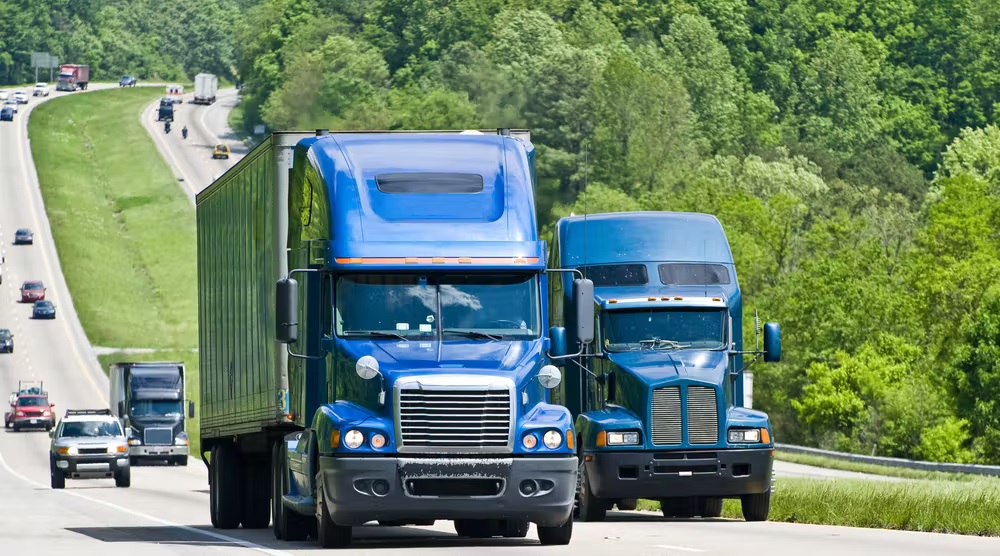Non-asset shippers are under pressure to decarbonize, and they pass that pressure onto fleets. Fleets must examine where decarbonization is possible and begin a dialogue with shippers.
Most trade shows I attend are sponsored by a trucking industry or clean technology association. On June 20, I attended and spoke at the National Retail Federation’s NRF Supply Chain 360. This inaugural event was billed as “taking a holistic look at the modes and methods needed to build a faster and more sustainable retail supply chain.”
I was on a panel with Paul Rosa, senior vice president of procurement and fleet planning at Penske, and Steve Mignardi, vice president on-highway market development at Daimler Truck North America.
In talking to folks at the meeting, I learned that more and more non-asset shippers are looking to reduce their Scope 3 emissions—those emissions that are indirectly generated by a business. In the case of non-asset shippers, that includes emissions generated in transporting their goods.
I have spoken to for-hire fleets that confirm they are being asked more and more about whether they have any electric vehicles that can be used to carry the shipper’s goods. These shippers are getting pressure to decarbonize, in turn putting pressure on fleets to help them decarbonize freight movement.
At this time, many shippers are looking at their long-haul routes, which as we know are not yet a good use case for electric vehicles.
While fleets can’t provide EVs for long-haul routes, they should use these requests as an opportunity to begin a dialogue with shippers about EVs, especially about things like cost and range. And savvy fleets will sit down with shippers and dissect their routes to see if there are places—last mile, regional haul, short haul, return-to-base—where EVs are suited to operate today. Then they can begin to deploy EVs in those routes.
See also: Leveraging BEV benefits on urban routes
The journey to electrification is one composed of 1,000 little steps. Fleets need to start doing their research now about where EVs will make sense—and also where they don’t—so they can offer solutions to their customers. When it comes to electrification, it’s not all or nothing. As we sit here today, there are many instances whereEVs are already being successfully used to move freight.
Shippers want to decarbonize, and they view getting their goods to market as a good way to do that. We need to help them along that journey. Begin planning now so that when the time comes, you are ready to act on their behalf.
Michael Roeth has worked in the commercial vehicle industry for nearly 30 years, most recently as executive director of the North American Council for Freight Efficiency. He serves on the second National Academy of Sciences Committee on Technologies and Approaches for Reducing the Fuel Consumption of Medium and Heavy-Duty Vehicles and has held various positions in engineering, quality, sales, and plant management with Navistar and Behr/Cummins.
Source https://www.fleetowner.com/





